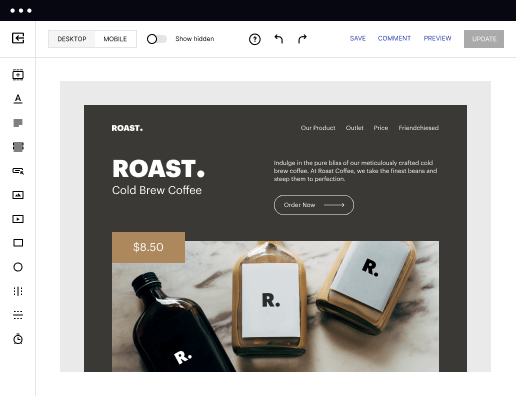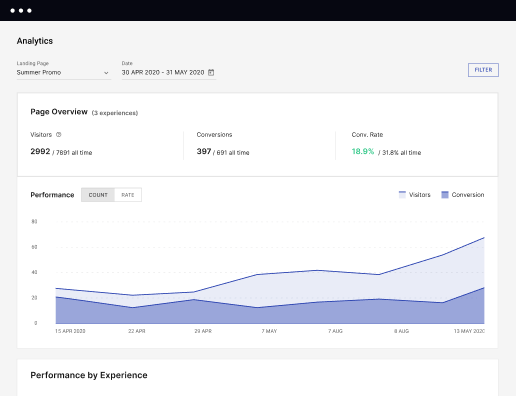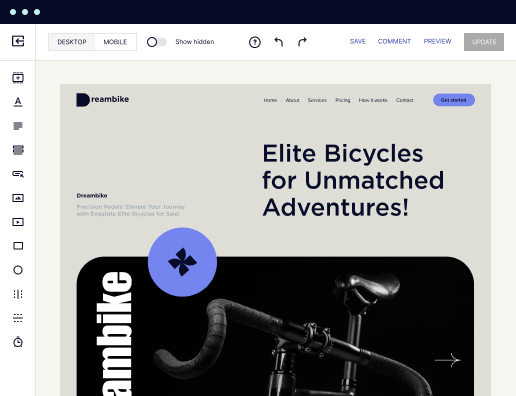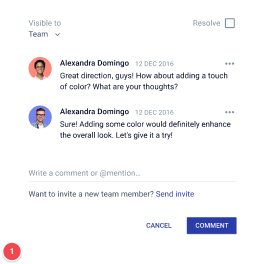Make your web page on CentOS: Simplify your workflow
Create your web page on CentOS and effortlessly optimize your web pages for diverse ads and audiences. Transform visitors into leads and sales while bolstering brand trust and nurturing customer loyalty.
Create your web page on CentOS with Instapage to maximize conversions
Creating a web page on CentOS can significantly impact your marketing strategy, especially when optimized with Instapage's powerful features. Instapage empowers marketers across various sectors—including business services, Tech/SaaS, and education—to create landing pages that boost conversions, enhance user experiences, and increase brand trust. With over 100 conversion-focused layouts, building an effective landing page has never been easier.
Step 1: Set Up Your CentOS Server
The first step in creating your web page on CentOS is ensuring your server environment is properly set up. Here's how to get started:
- Install a web server: Use commands to install Apache or Nginx to host your web pages.
- Configure your firewall: Open necessary ports (typically ports 80 and 443) to allow HTTP/HTTPS traffic.
- Set up a Database: Installing MySQL or MariaDB will help manage your content effectively.
Step 2: Install Necessary Software
Once your environment is ready, the next step is installing the software stack required for your web services. Common choices include Apache and PHP.
- Step 2.1: Update your system packages using 'yum update' command to ensure all software is up to date.
- Step 2.2: Install Apache with 'yum install httpd' to get the web server running.
- Step 2.3: Install PHP with 'yum install php' to enable dynamic content on your pages.
Step 3: Create Your Landing Page
Now that your server is set up and ready to go, you can focus on creating a compelling landing page.
- Utilize Instapage's templates to start building immediately—no coding required!
- Incorporate dynamic text replacement to personalize your landing page for different audiences.
- Add tracking tools to monitor audience engagement and page performance.
In conclusion, creating your web page on CentOS with Instapage can streamline your marketing efforts, leading to higher conversion rates. It combines ease-of-use with powerful optimization capabilities.
Ready to enhance your online presence? Start creating engaging landing pages today with Instapage!
Get more out of Create your web page on CentOS
Improve your Quality Score with quick load technology for landing pages
Increase conversions with content that aligns with your ads and audiences
Achieve maximum ROI by scaling your marketing initiatives
Leading the way in building high-performing landing pages





FAQs
See how to create your web page on centos in action
Ready to skyrocket conversions?
Supercharge your ad campaigns with high-performing landing pages.
Get started
















